In the historic center of Este, in the province of Padua, between the walls of the Carrarese Castle and the gardens that frame it, Palazzo Mocenigo is now the focus of an extensive restoration and re-functionalization project. The complex, built in the late Renaissance as a Venetian noble residence, houses the Atestino National Museum, a central institution for the preservation and enhancement of the culture of the Ancient Venetians. The current project, funded through various ministerial and PNRR channels, aims to restore the building’s historical-architectural value while enhancing its museum and cultural function. The intervention, with work beginning in December 2024, thus fits into the framework of the Ministry of Culture’s Grand Cultural Heritage Project, which includes a series of works aimed at transforming the museum into a dynamic and accessible hub.
But what, then, is the idea of the project process? That of creating a cultural hub (an exhibition route in a narrative key) that goes beyond the display of archaeological finds in order to promote new forms of interaction between heritage, territory and community. Alongside nature trails and archaeological materials from Este and the Euganean territory, the architectural history of the palace is also told, including hitherto marginalized spaces such as the storerooms that become an active part of the museum. The entire project is therefore based on a vision that integrates conservation, technological innovation and sustainability. The former school wing of the complex, hitherto unused, is reinserted into the museum itinerary through restoration and functional adaptation, and at the same time, facilities are upgraded and advanced energy solutions such as heat pumps, LED lighting and intelligent air conditioning systems are adopted. The purpose of the restoration? To ensure optimal environmental conditions for the conservation of the works and the well-being of visitors while minimizing environmental impact.
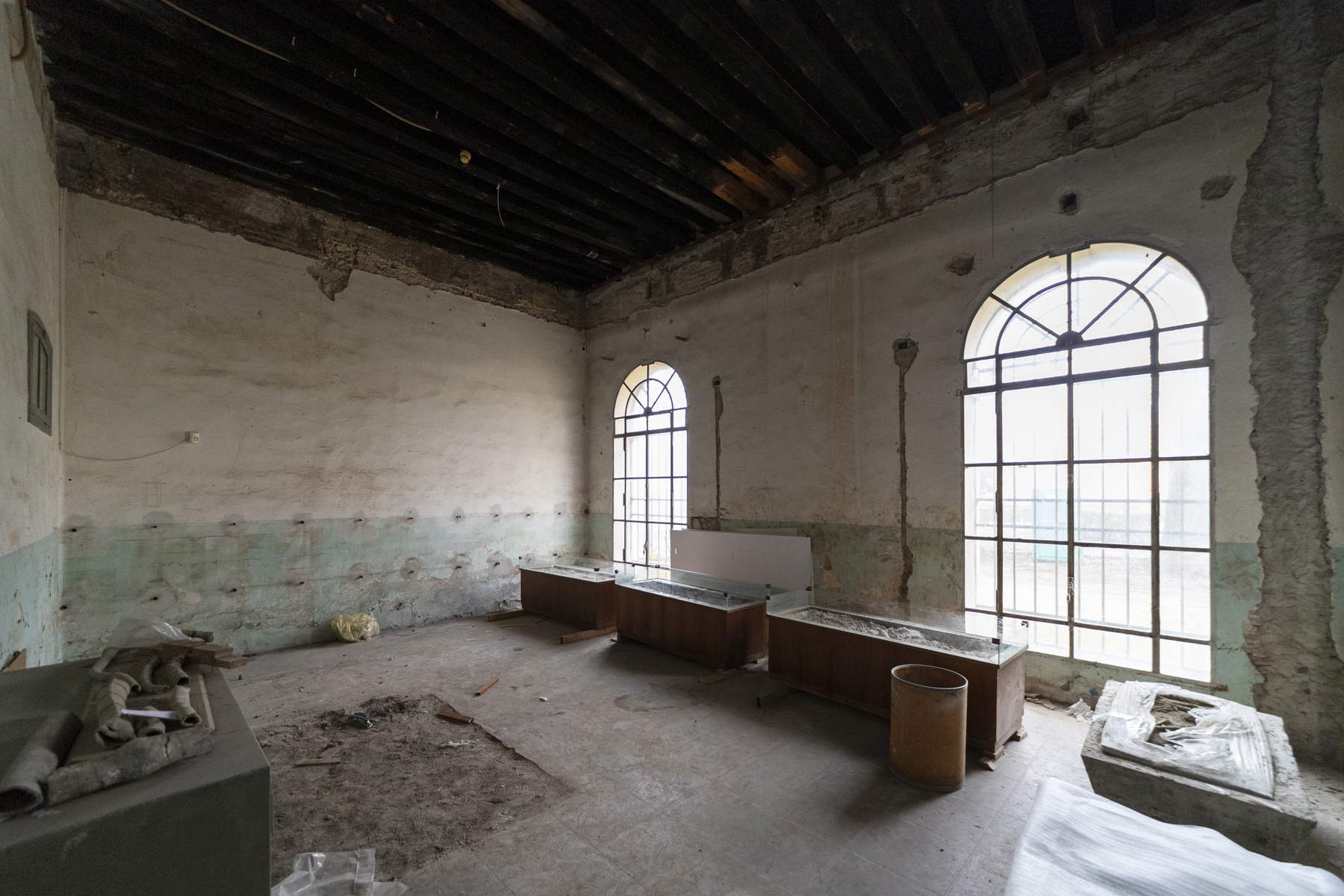
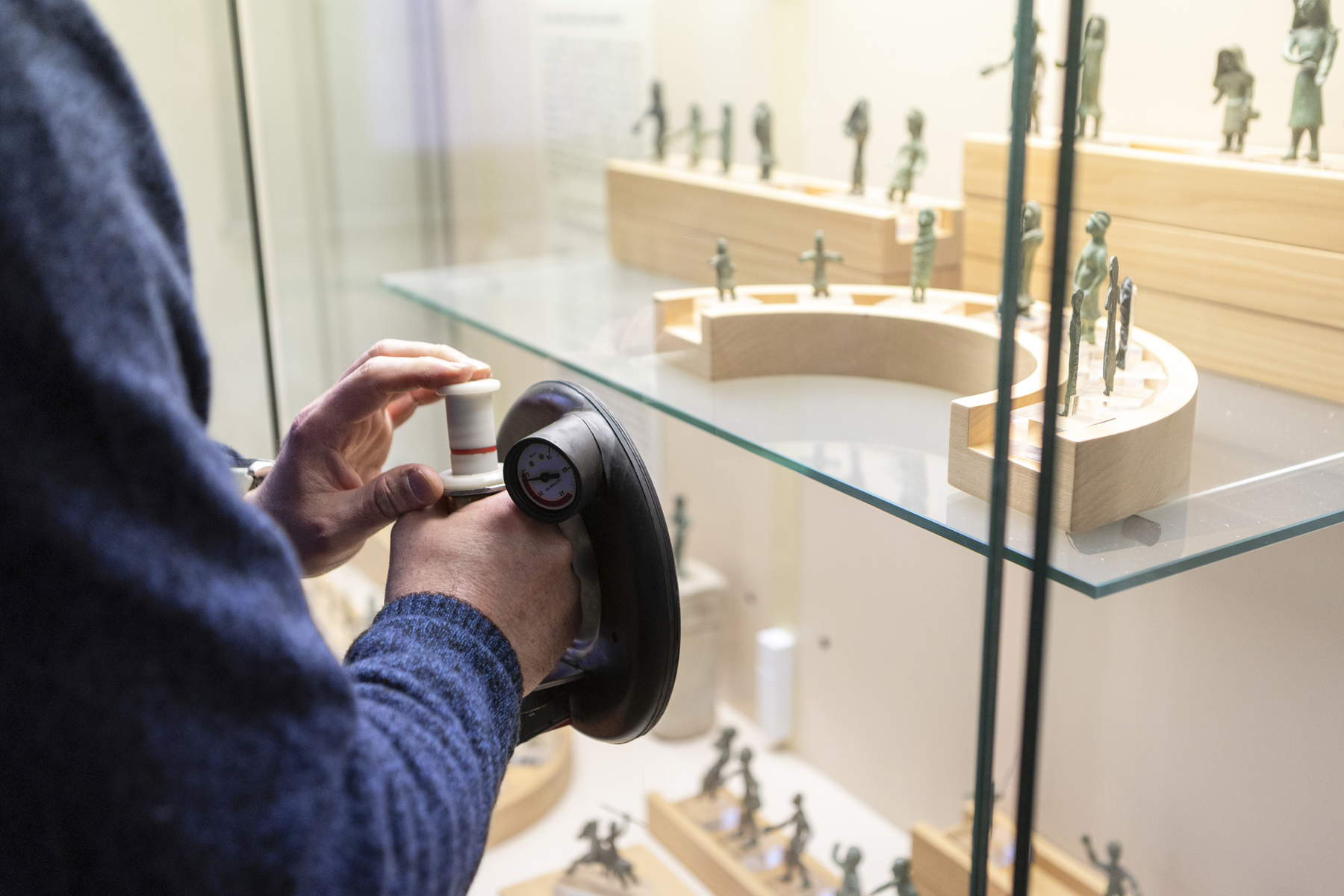
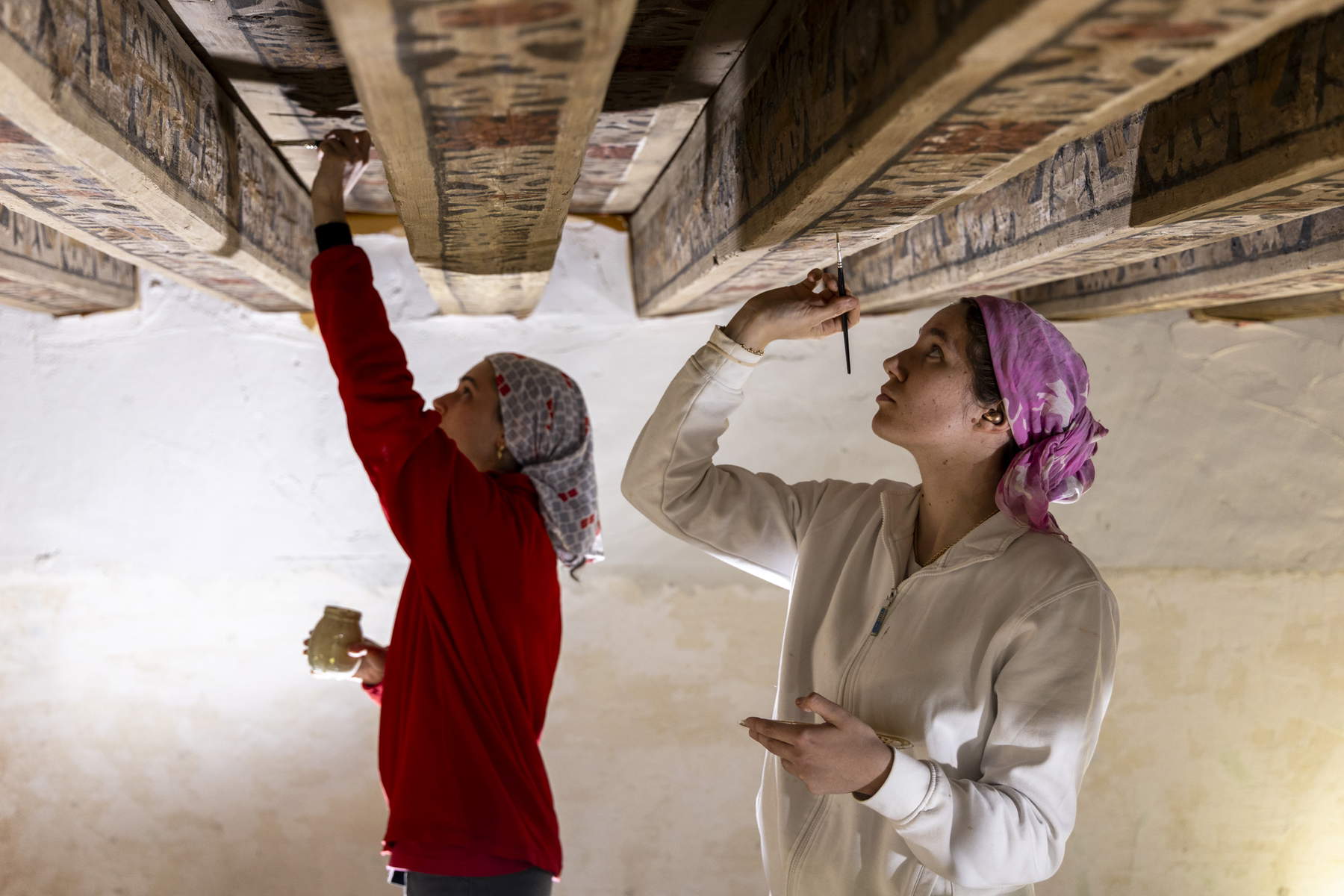
Attention to sustainability is also one of the cornerstones of the project, which is also supported by funding from the National Recovery and Resilience Plan (NRP). In fact, the Atestino National Museum is participating in the Cultural Heritage for the Next Generation measure with an investment of 1,483,000 euros earmarked for energy efficiency improvements. The intervention joins those financed by Ministerial Decree No. 309 of August 1, 2022 as part of the Strategic Plan Major Cultural Heritage Projects and Ministerial Decree Dec. 16, 2021 (rep. 450), for a total investment of more than 6.5 million euros.
The new configuration of the museum thus aims to make the tour more engaging and accessible, thanks in part to the use of multimedia and augmented reality technologies. The visitor is guided along a narrative that blends archaeology, architecture and landscape, with a link to the surrounding context. In this way, Palazzo Mocenigo becomes a junction point in a widespread cultural network that includes the Euganean Hills Regional Park, medieval courtyards, Venetian villas, the pile dwellings of Arquà Petrarca, and nature and archaeological itineraries in the area. The approach adopted therefore aims to enhance territorial specificities and encourages the active participation of citizens, scholars and educational and associative realities.
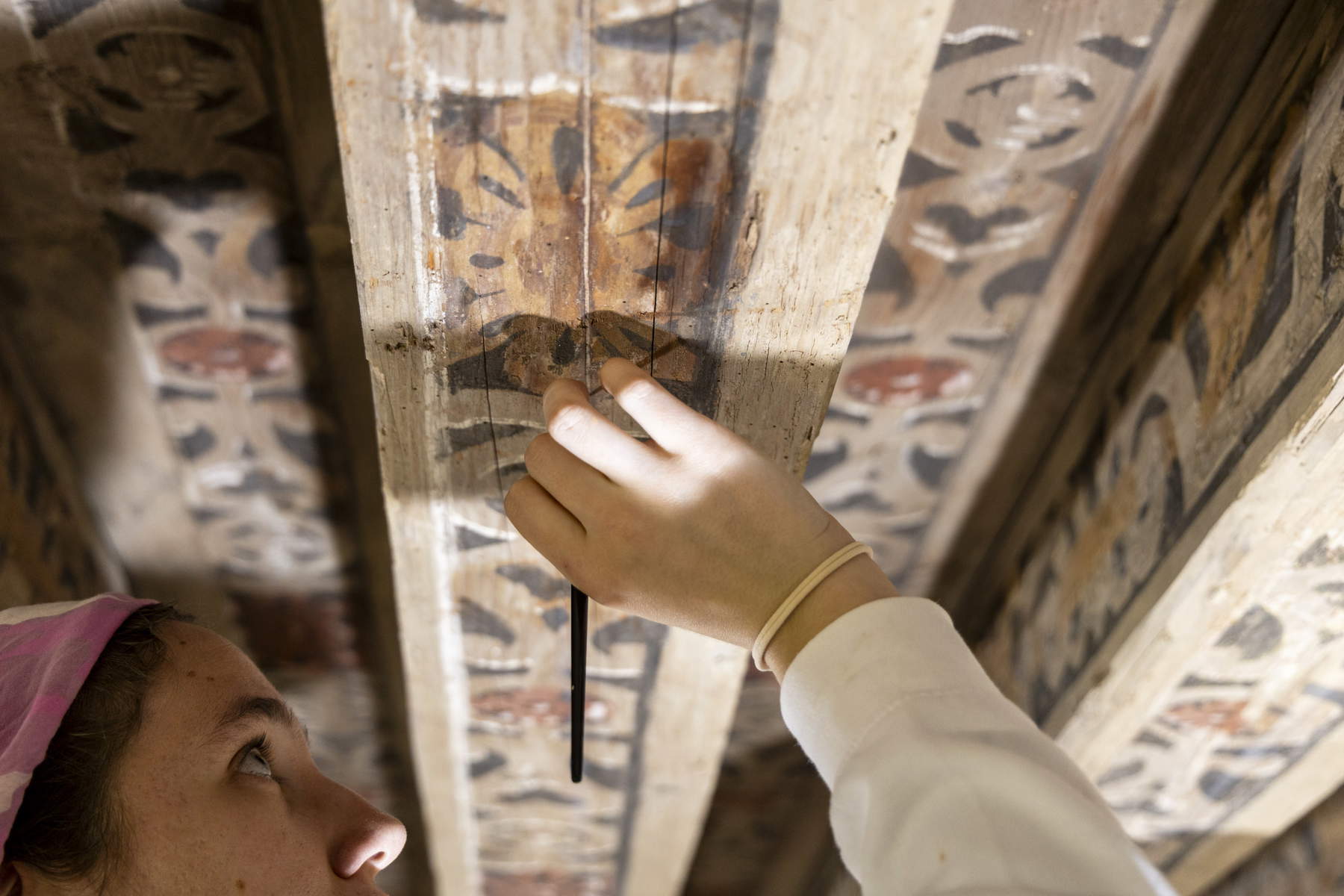
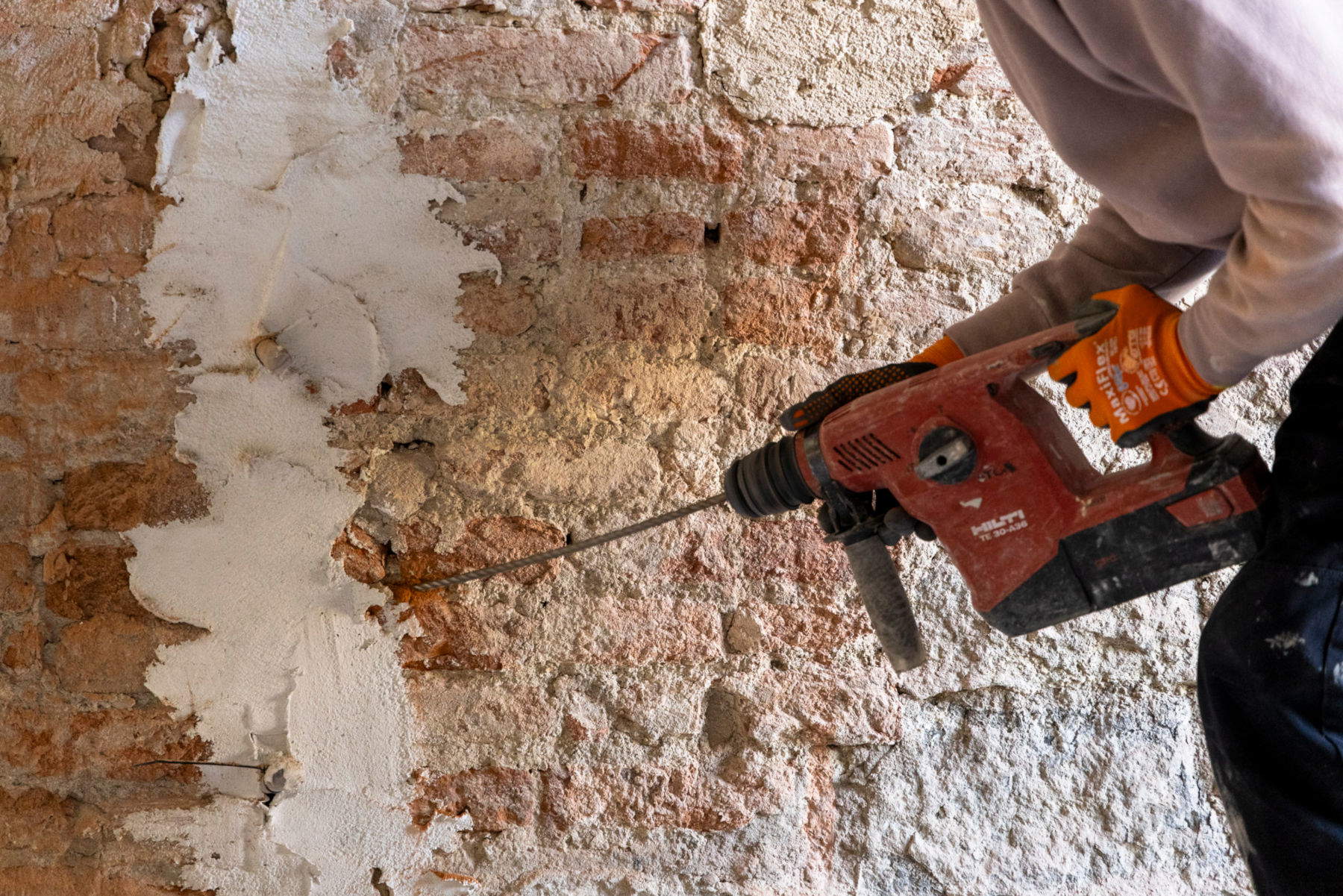
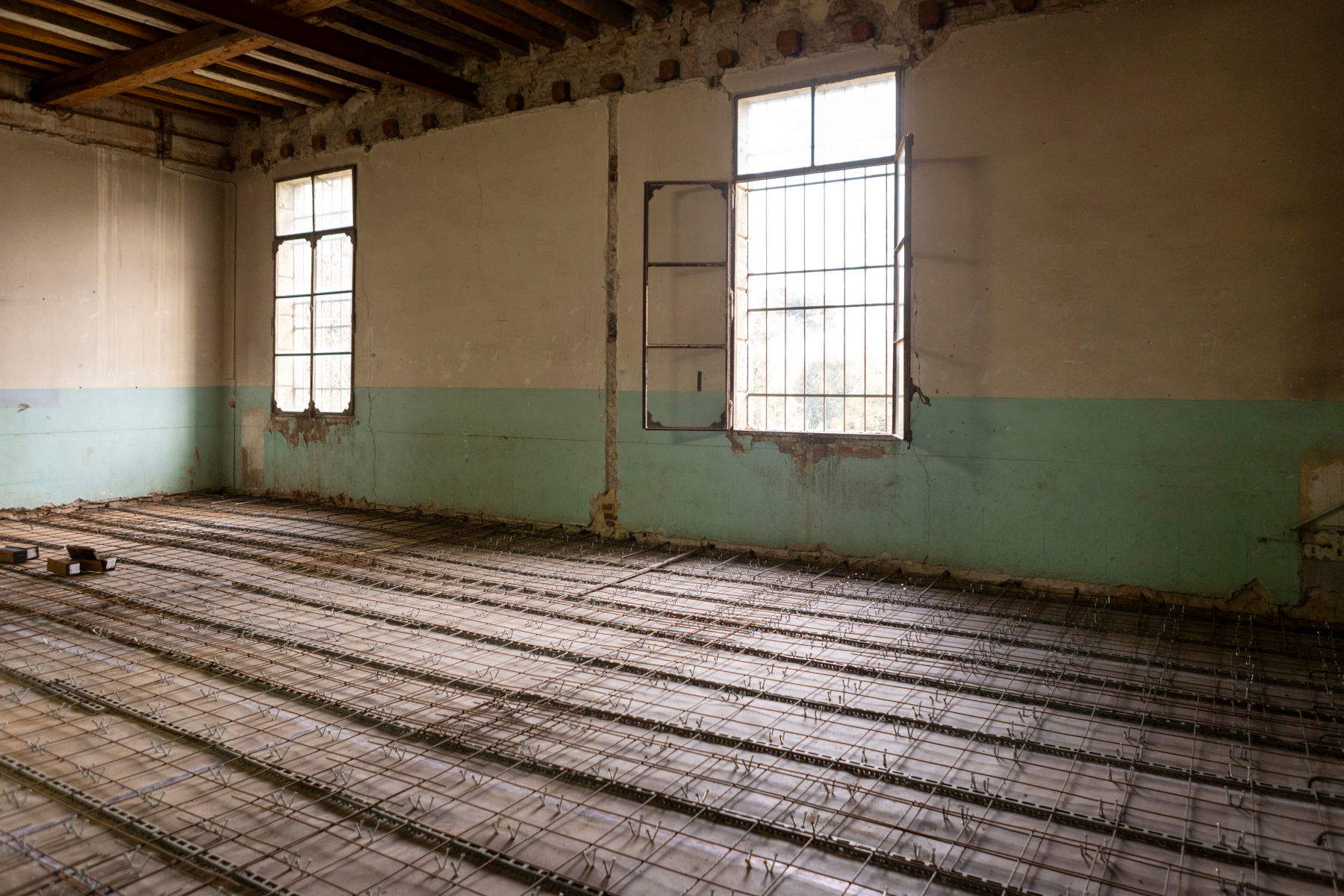
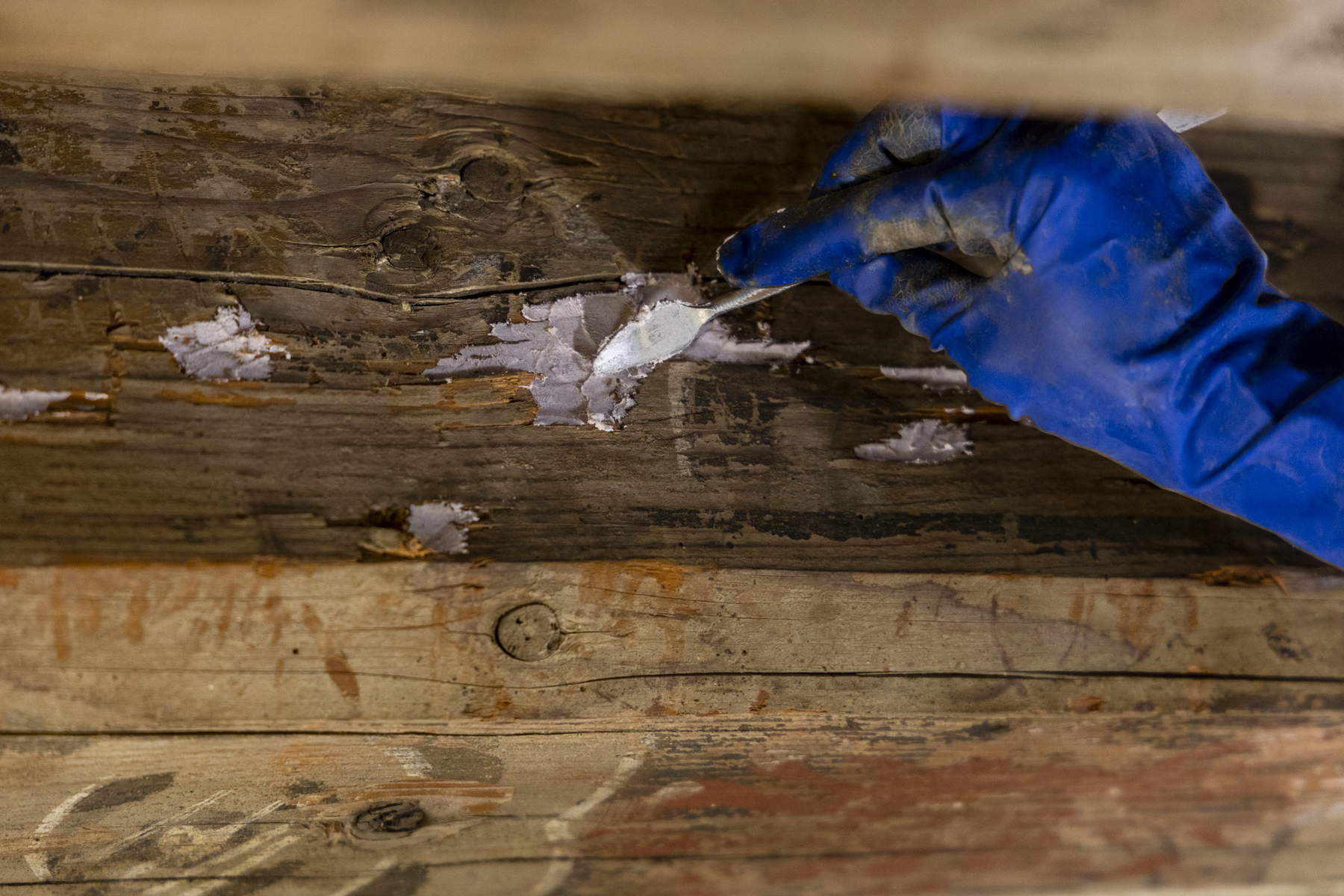
In any case, the restoration work will affect both the architectural envelope and the very conception of the exhibition space. Indeed, museography is being rethought through an integrated solution, with exhibition understandings that aim to restore the complexity of the materials and histories represented. Spaces hitherto reserved for the function of storage (generally inaccessible to the public), are instead reconverted into visitable and functional environments for the museum narrative, and expand the usability of the collections and their educational potential. The aim of the project is therefore to maintain the building’s stratifications by relating them to its new uses, so that the transformation of the building over time is legible. Palazzo Mocenigo is thus outlined as a model of cultural redevelopment under the banner of sustainability and change, with the aim of keeping the value of archaeological heritage and its ability to generate awareness of the past at the center.
Instead, the Atestino National Museum consolidates its identity as a place of research and dissemination, capable of combining scientific needs and public accessibility. As anticipated earlier, the approach taken thus aims to create a living, present space that is able to renew itself and respond to current demands. The current construction site also becomes a narrative path. Indeed, we are talking about an opportunity to reflect on heritage protection and the relationship between conservation and modernity. The museum is thus preparing to become a protagonist of the present and an actor in the cultural transformation of the territory. A reality that evolves while respecting its history, but with an eye to the future.
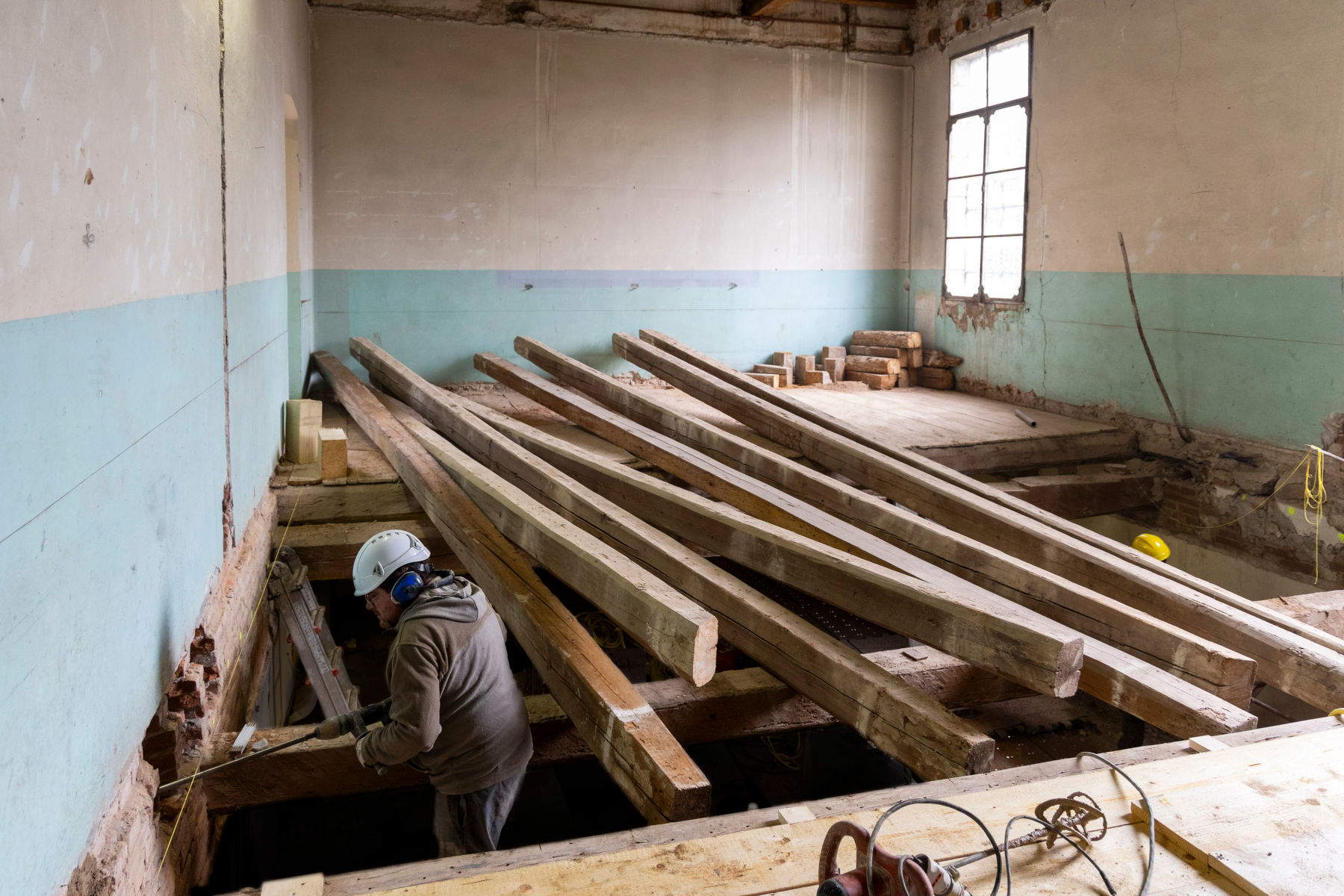
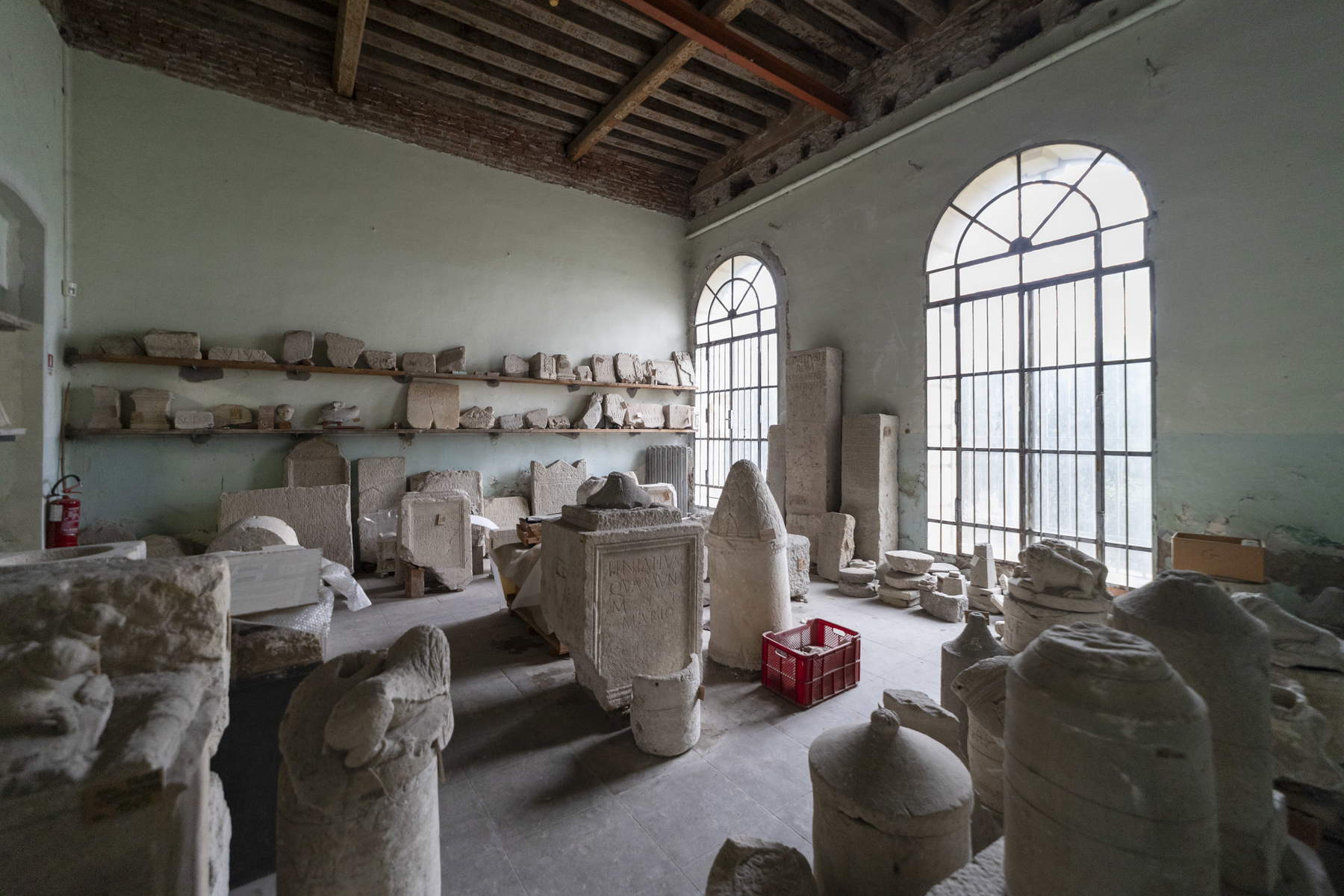
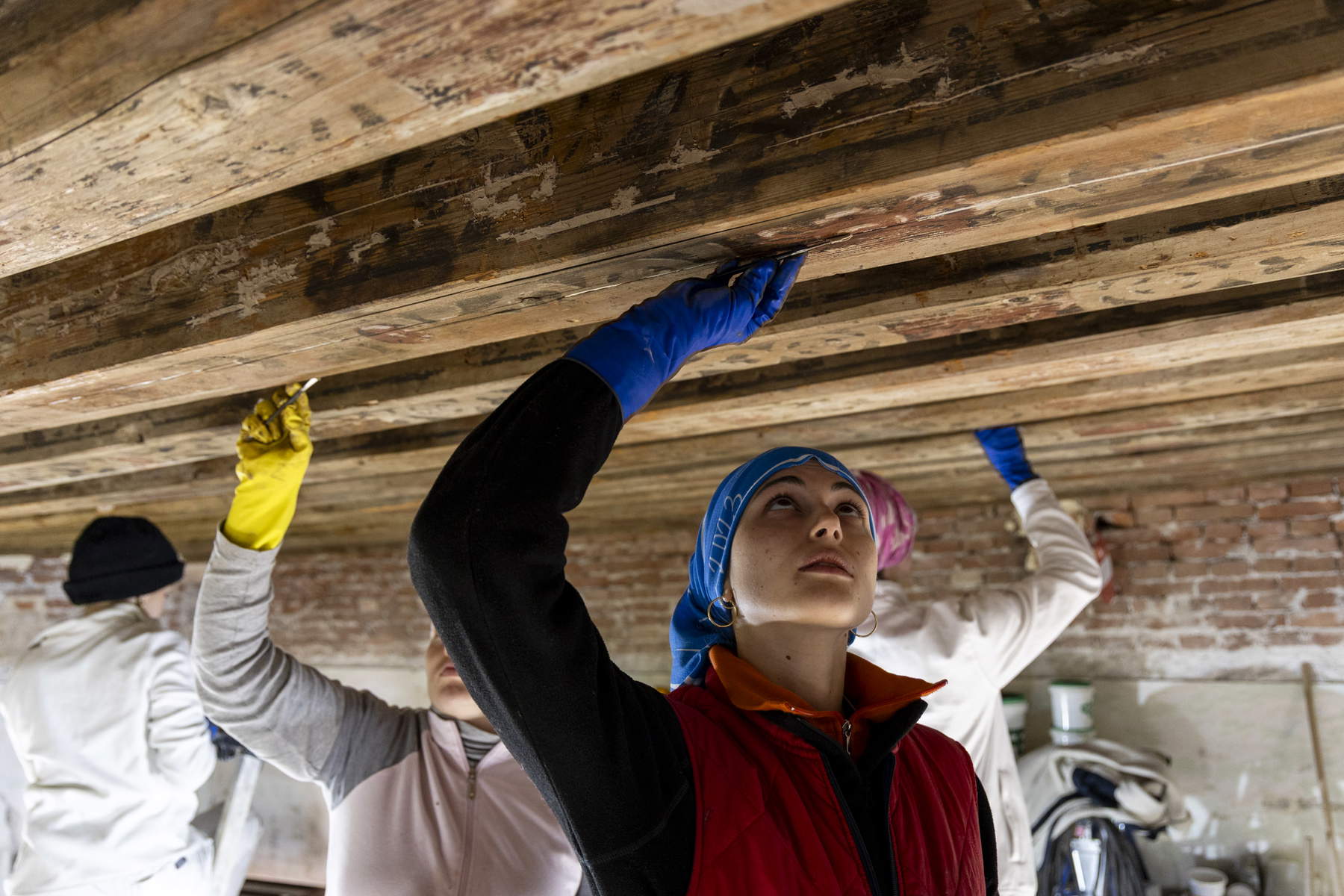
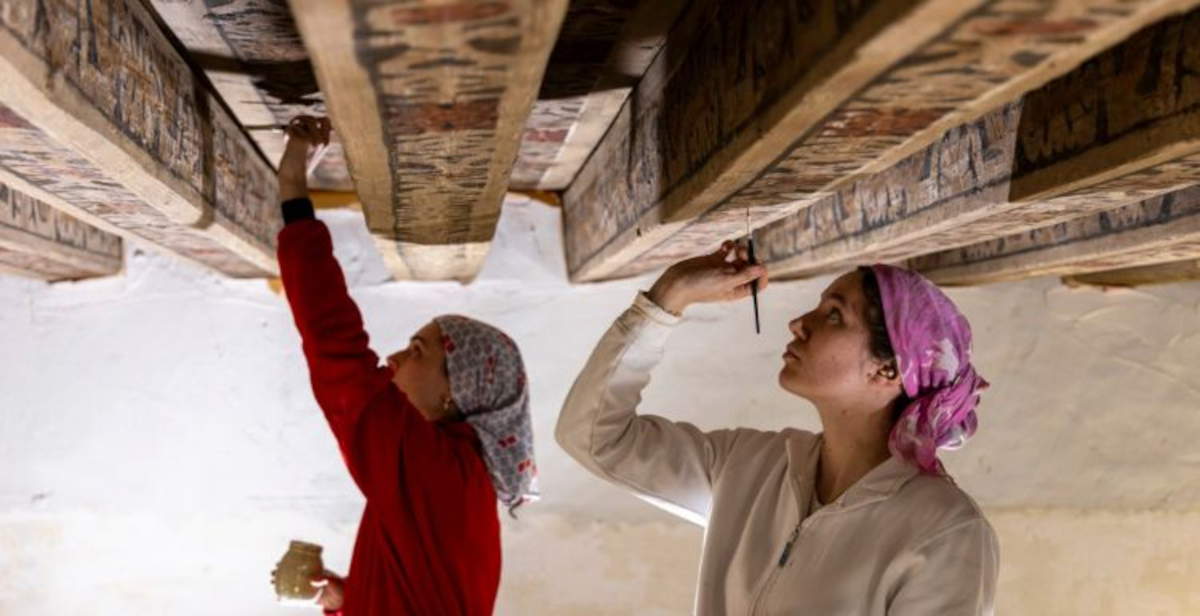 |
| Restoration of the Atestino National Museum in Este gets underway: sustainability and new technologies |
Warning: the translation into English of the original Italian article was created using automatic tools. We undertake to review all articles, but we do not guarantee the total absence of inaccuracies in the translation due to the program. You can find the original by clicking on the ITA button. If you find any mistake,please contact us.